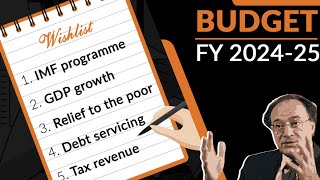Australian shares will edge higher in 2016 and into next year but remain short of their recent peaks, a Reuters poll found, as investors tread cautiously through the downturn in the country's once-in-a-generation resources boom. Broader concerns about an economic slowdown in China, Australia's No 1 trading partner, and the impact of US Federal Reserve rate moves will also keep the S&P/ASX 200 equities index from breaking through its 2015 peak.
The benchmark S&P/ASX 200 is set to firm to 5,300 by mid-2016 and to 5,500 by the end of the year before continuing its slow climb to 5,650 by mid-2017, according to the median forecast in a poll of 10 strategists conducted over the past week. The index closed at 5,082.8 on Thursday. While the mid-2017 forecast amounts to around an 11 percent gain over 15 months, it also represents a sideways step since reaching 5,996.9 in March 2015, its highest level since February 2008.
Since then, the price of oil has tumbled around 30 percent. Iron ore has fallen by about a fifth this year, compounding its 50 percent dive the year before. The two commodities account for half Australia's exports by dollar value. "The economy's growth is transitioning away from the dependence on resources and we're getting a pick-up in growth in other areas like housing, retail spending, tourism and so on," said Citi equities strategist Tony Brennan.
"The key for the market to go higher over the course of this year is that there is continued expectation of earnings growth in fiscal 2017," Brennan added, noting that dramatic declines in resources profits may start to level out, removing one of the biggest drains on investor confidence. After two decades, the resources boom began to fizzle out in 2014 amid reports of slowing construction in China, Australia's main consumer of steel-making ingredient iron ore. That has hammered the profits of the world's no. 2 and no. 3 iron ore producers, Rio Tinto Ltd and BHP Billiton Ltd.
Australia's major banks have meanwhile lost their shine for investors after the country's financial services regulator gave them until mid-2016 to raise some $7 billion under new rules requiring them to have cash reserves equivalent to a quarter of their mortgage books on hand, up from a sixth. China's economy was listed as a risk to forecasts by the most poll respondents, followed by the US Federal Reserve, which has said it expects to raise rates twice in 2016, not four as indicated previously, suggesting low oil prices are softening the US economic recovery.
BR100
7,977
Increased By
398.8 (5.26%)
BR30
25,602
Increased By
1383.8 (5.71%)
KSE100
76,208
Increased By
3410.7 (4.69%)
KSE30
24,438
Increased By
1225 (5.28%)




















Comments
Comments are closed.